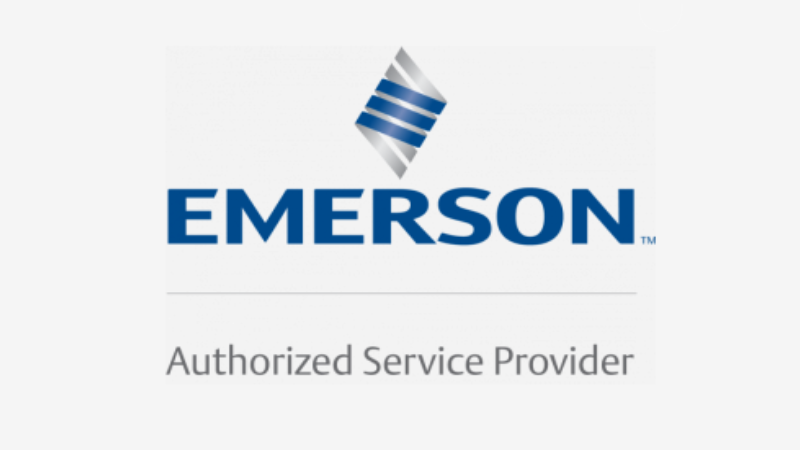This is the final blog of a three-part series about governance frameworks that address specific organizational needs and risk environments.
OT governance is the program framework, operating model, and collection of policies, procedures, and responsibilities that guide and direct an organization’s cybersecurity efforts in the converged IT and Operational Technology environment. It’s about making informed decisions about security, managing risk effectively, and ensuring that security practices align with business objectives. Every organization has some form of documented governance, is yours actively protecting your organization or simply gathering dust on a shelf?
Effective OT governance is more than just a collection of documents; it’s a living, breathing system that is integrated into the organization’s culture and operations. It’s about creating a shared understanding of security risks and responsibilities, and empowering individuals to make informed decisions about security.
A key indicator of whether your governance is effective is its practicality. Are your policies and procedures easy to understand and implement? Do they reflect the realities of your operational environment? Are they aligned with IT cybersecurity standards but address the unique requirements of OT? Governance that is overly complex or impractical is likely to be ignored, rendering it useless, putting the organization at risk.
Another important aspect is relevance. Does your governance address the specific risks facing your organization? Is it up-to-date with the latest threats and vulnerabilities? Governance that is not tailored to your specific environment may provide too much or too little protection.
Communication is also critical. Are your security policies and procedures effectively communicated to all stakeholders? Do employees understand their role in maintaining cybersecurity? Governance that is not understood or communicated is unlikely to be followed.
Furthermore, effective governance requires accountability. Are individuals held responsible for following security policies and procedures? Are there consequences for non-compliance? Without accountability, governance loses its teeth.
Finally, good governance is adaptable. The threat landscape constantly changes, so your governance framework must be flexible and adaptable. Regular reviews and updates are essential to ensure your governance remains relevant and effective.
If you missed an earlier blog in the three-part series, you can find links below:
Part 1: Fundamentals of Good Governance for OT Cybersecurity
https://armexa.com/blog/blogs/fundamentals-of-good-governance-for-ot-cybersecurity/
Part 2: Foundational Workflow for Effective OT Cybersecurity Governance
https://armexa.com/blog/blogs/foundational-workflow-for-effective-ot-cybersecurity-governance/




